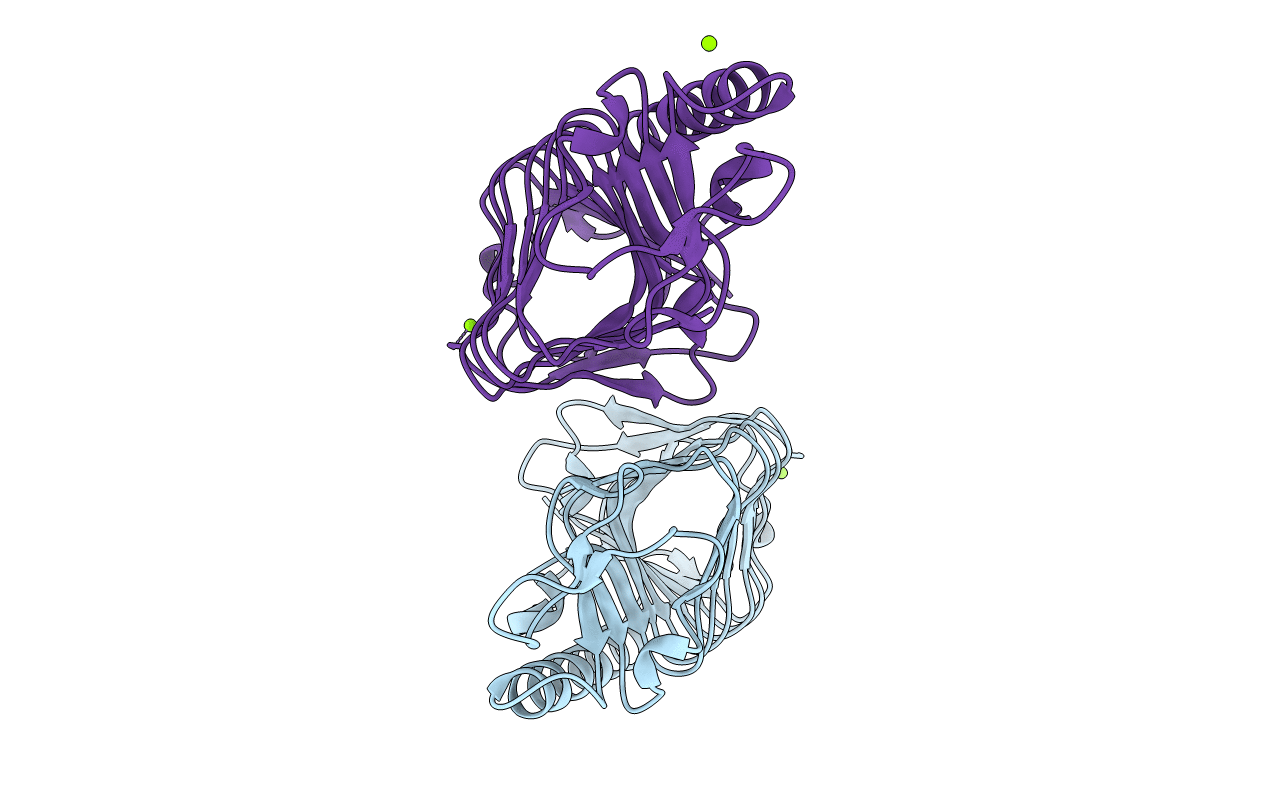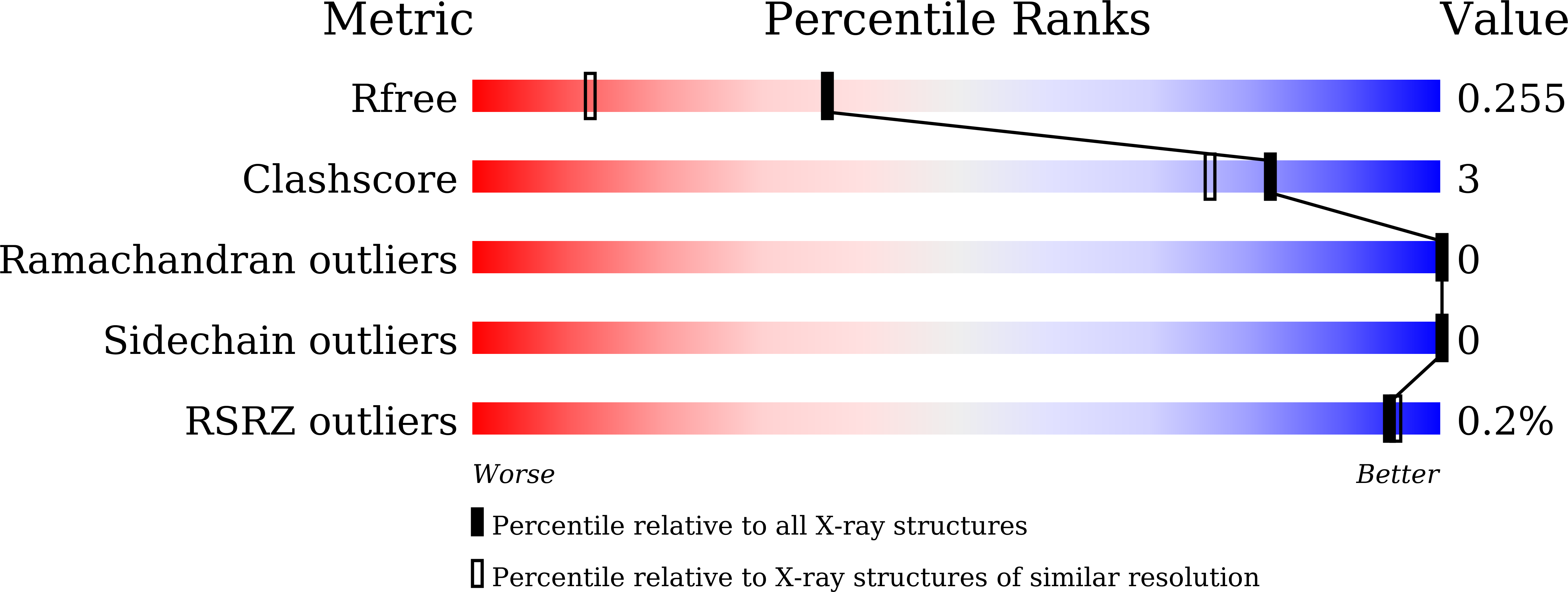
Deposition Date
2020-10-28
Release Date
2021-11-03
Last Version Date
2023-11-29
Entry Detail
PDB ID:
7DDB
Keywords:
Title:
Crystal structure of fungal antifreeze protein with intermediate activity
Biological Source:
Source Organism:
Typhula ishikariensis (Taxon ID: 69361)
Host Organism:
Method Details:
Experimental Method:
Resolution:
1.72 Å
R-Value Free:
0.24
R-Value Work:
0.20
R-Value Observed:
0.21
Space Group:
P 21 21 21


